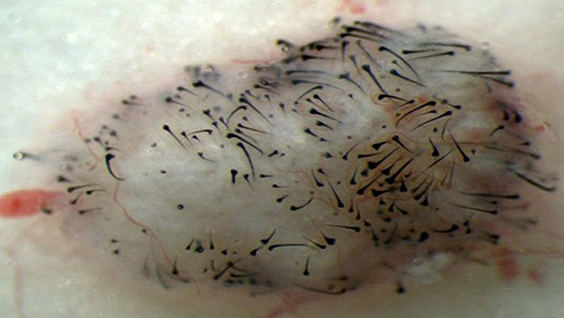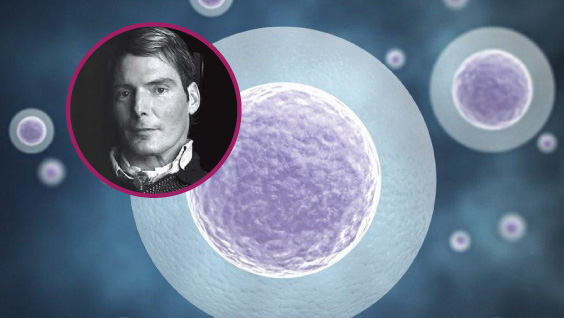In a new study, Sanford-Burnham researchers have used human pluripotent stem cells to generate new hair. The study represents the first step toward the development of a cell-based treatment for people with hair loss. In the United States alone, more than 40 million men and 21 million women are affected by hair loss. The research was published online in PLOS ONE.
“We have developed a method using human pluripotent stem cells to create new cells capable of initiating human hair growth. The method is a marked improvement over current methods that rely on transplanting existing hair follicles from one part of the head to another,” said Alexey Terskikh, PhD, associate professor in the Development, Aging, and Regeneration Program. “Our stem cell method provides an unlimited source of cells from the patient for transplantation and isn’t limited by the availability of existing hair follicles.”
The research team developed a protocol that coaxed human pluripotent stem cells to become dermal papilla cells. They are a unique population of cells that regulate hair-follicle formation and growth cycle. Human dermal papilla cells on their own are not suitable for hair transplants because they cannot be obtained in necessary amounts and rapidly lose their ability to induce hair-follicle formation in culture.
“In adults, dermal papilla cells cannot be readily amplified outside of the body and they quickly lose their hair-inducing properties,” said Terskikh. “We developed a protocol to drive human pluripotent stem cells to differentiate into dermal papilla cells and confirmed their ability to induce hair growth when transplanted into mice.”
“Our next step is to transplant human dermal papilla cells derived from human pluripotent stem cells back into human subjects,” said Terskikh. “We are currently seeking partnerships to implement this final step.”
View translations of this story
Donate Now

